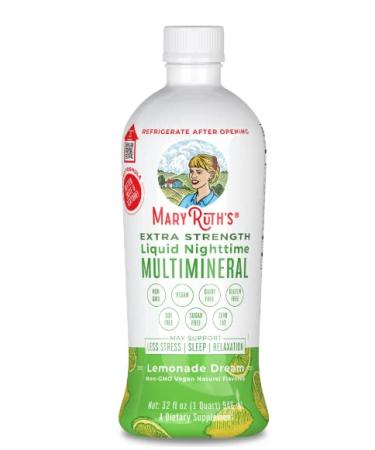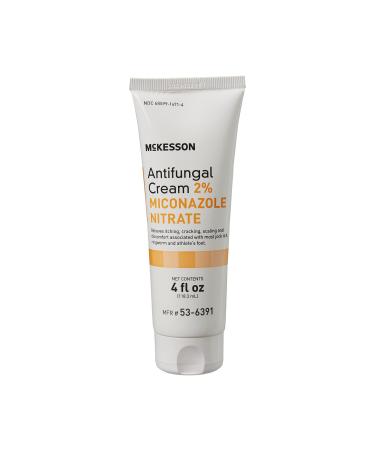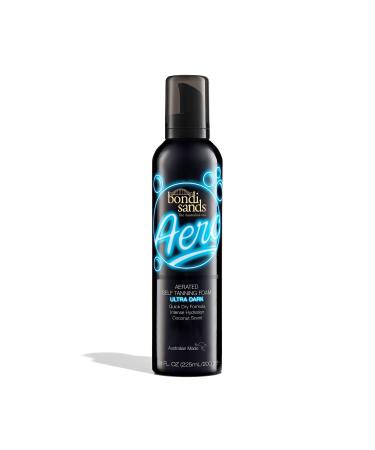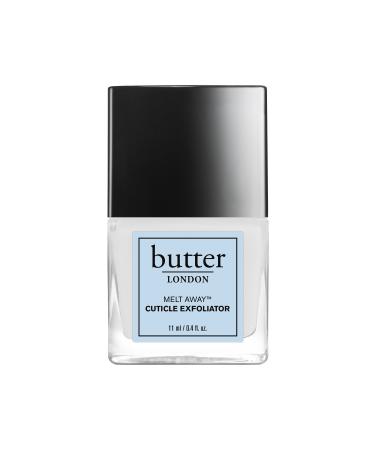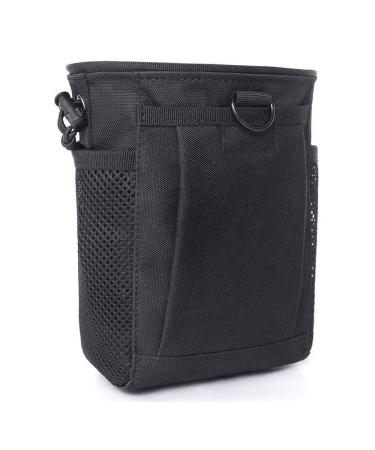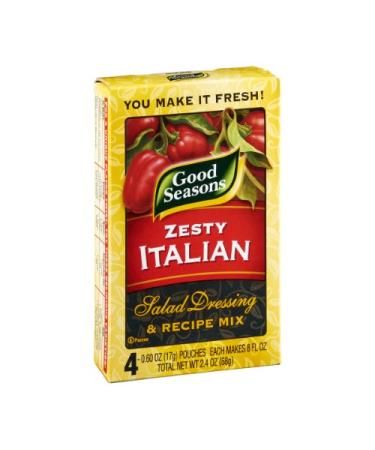Top Similar Products
Regular Price: US$40.99
Special Price US$34.99
Regular Price: US$34.99
Special Price US$29.99
Clearance Room!
Regular Price: US$28.99
Special Price US$16.99
OtterBox iPhone 12 & iPhone 12 Pro Commuter Series Case - Black
Regular Price: US$50.00
Special Price US$39.99
Regular Price: US$35.00
Special Price US$29.99
Regular Price: US$79.99
Special Price US$32.00
Regular Price: US$234.99
Special Price US$90.01
Regular Price: US$35.00
Special Price US$11.99
Regular Price: US$45.00
Special Price US$27.00
Regular Price: US$34.99
Special Price US$11.99

GRAND SELECTION
Think of it and most probably we have it among our grand selection of products!
AMAZING PRICES
Get ready for the amazing and best Supps prices ever!
FIXED RATE DELIVERY
Get your order anywhere on this planet within 5-10 days with a fixed rate of $19.99 (no matter the size of your order)
PHONE:
-
 Add to Cart
Add to CartAcetyl L-Carnitine Capsules 1200mg Per Serving - L Carnitine Supplement 120 Vegetarian Capsules
Regular Price: US$55.00
Special Price US$44.99
-
 Add to Cart
Add to CartStevia in the Raw Sweetener Packets, 1000 Count
Regular Price: US$95.00
Special Price US$74.99
-
 Add to Cart
Add to CartStevia Glycerite A/F Now Foods 2 oz Liquid
Regular Price: US$35.00
Special Price US$29.99




